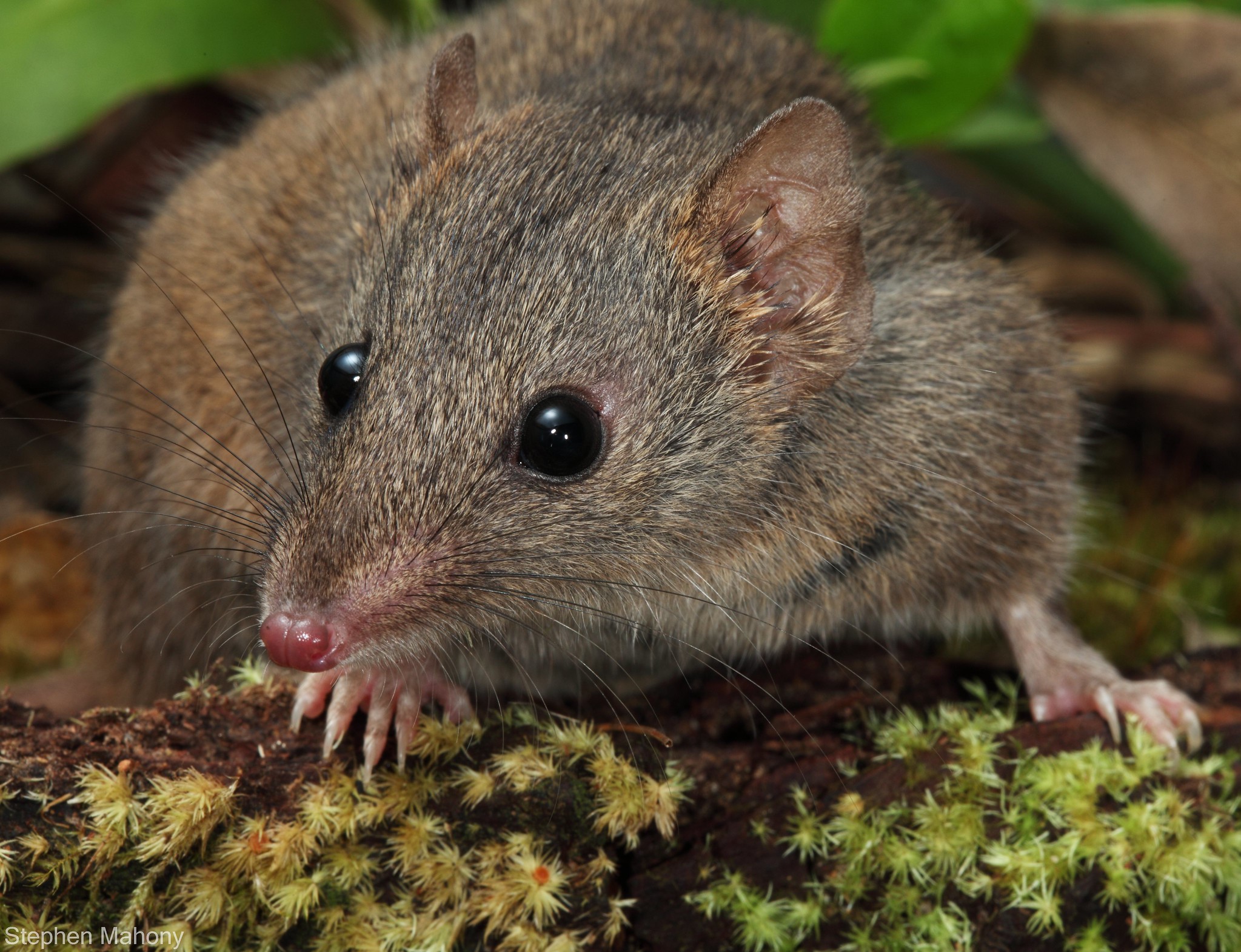 Competition drives marsupial males to suicidal sex - life - 07 October 2013 - New Scientist
Competition drives marsupial males to suicidal sex - life - 07 October 2013 - New ScientistI thought I'd share this as a beautiful example of how genes build bodies for the sole purpose of replicating themselves - not that they have any choice in the matter because everything flows from the simple fact that whatever characteristic, whether it's body form, metabolism, ability or behaviour, produces the most descendants in that particular environment, leaves the most descendents.
The marsupial mouse, Antechinus stuartii, also known as the brown antechinus, is not a mouse; it's closer to the kangaroos and koalas than it is to the mice and is an example of convergent evolution where species living a similar lifestyle in a similar environment tend to evolve superficially similar bodies, however, that's not the point here.
Male marsupial mice expend so much time and energy on sex during a very short breeding season that they die at the end of it due to immune system collapse caused by very high stress hormone levels. Breeding occurs only once a year probably due to females needing their insect prey species to be at a peak when they breed. Unlike small placental mammals which can rear several lots of young in a single year, marsupials are much slower breeders as the young are born very under-developed and take longer to achieve independence, so, to be able to breed successfully, females need to concentrate all their efforts on this single batch, which in turn restricts the males to very limited opportunities to breed.
This is how the authors of the original paper put it:
AbstractJust another example of why evolution is not driven by an intelligent, compassionate and all-loving designer having the best interests of his creation in mind, but by an unemotional, thoughtless and uncaring process which mimics selfishness. It is all about producing more copies of genes in the next generation. Any strategy which achieves that result is the one which is bound to be adopted because no-one and nothing has any say in what is just as inevitable a process as is planetary motion and chemical reactions.
Suicidal reproduction (semelparity) has evolved in only four genera of mammals. In these insectivorous marsupials, all males die after mating, when failure of the corticosteroid feedback mechanism elevates stress hormone levels during the mating season and causes lethal immune system collapse (die-off). We quantitatively test and resolve the evolutionary causes of this surprising and extreme life history strategy. We show that as marsupial predators in Australia, South America, and Papua New Guinea diversified into higher latitudes, seasonal predictability in abundance of their arthropod prey increased in multiple habitats. More-predictable prey peaks were associated with shorter annual breeding seasons, consistent with the suggestion that females accrue fitness benefits by timing peak energy demands of reproduction to coincide with maximum food abundance. We demonstrate that short mating seasons intensified reproductive competition between males, increasing male energy investment in copulations and reducing male postmating survival. However, predictability of annual prey cycles alone does not explain suicidal reproduction, because unlike insect abundance, peak ovulation dates in semelparous species are often synchronized to the day among years, triggered by a species-specific rate of change of photoperiod. Among species with low postmating male survival, we show that those with suicidal reproduction have shorter mating seasons and larger testes relative to body size. This indicates that lethal effort is adaptive in males because females escalate sperm competition by further shortening and synchronizing the annual mating period and mating promiscuously. We conclude that precopulatory sexual selection by females favored the evolution of suicidal reproduction in mammals.
'via Blog this'












